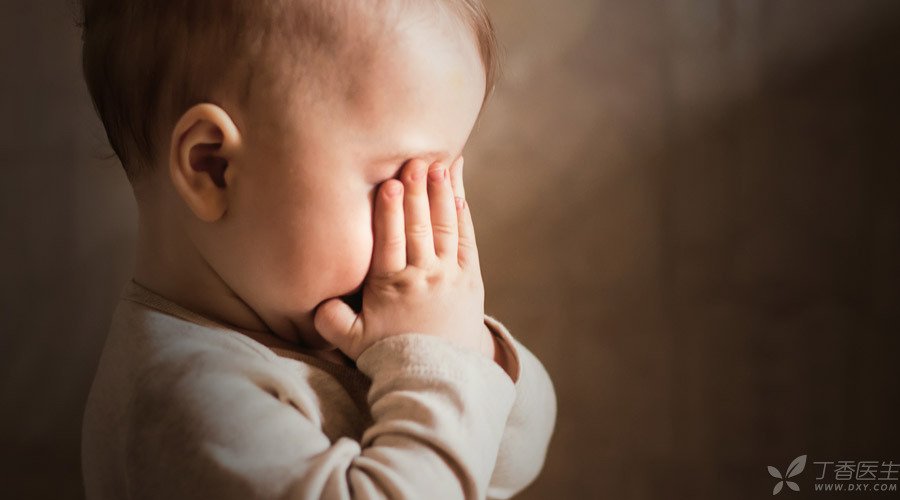
No parent does not want their children to be good, but sometimes good intentions can do bad things.
Babies under one year old are in an important period of physical and mental development and need careful care from their parents. However, some widely circulated child-rearing methods may be harmful to babies.
It’s time to say nothing about the wrong old ideas!
Myth 1: Children should wear more clothes and never freeze them.
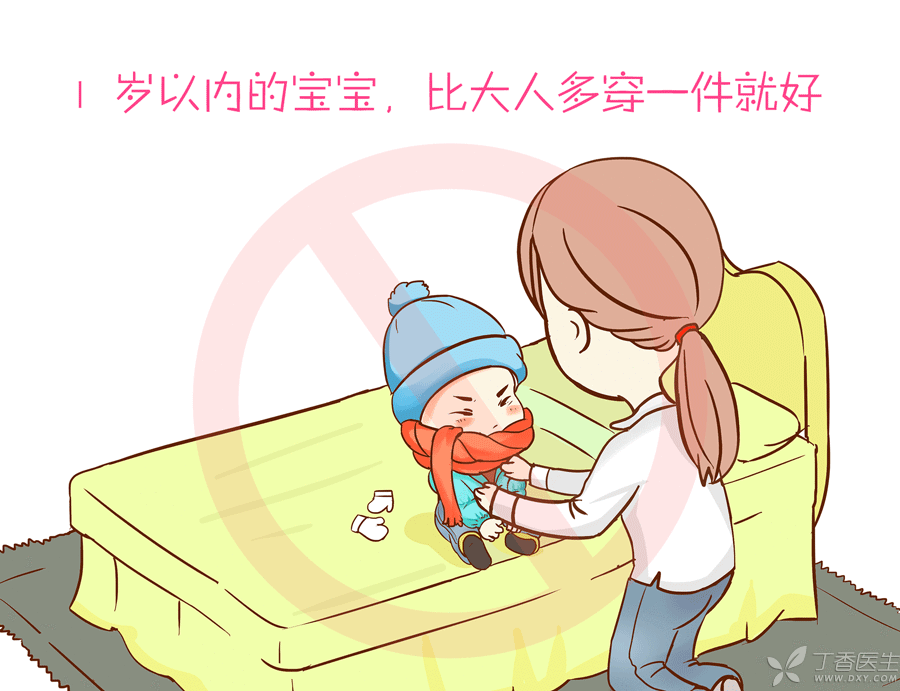
Many parents worry that their children will freeze and wrap them like zongzi as soon as they cool down, but they do not know that wearing too many clothes will damage their children’s health.
Children’s metabolism is inherently stronger than that of adults. They wear too much and cannot dissipate body heat.
The child is too young to stand the heat and will not say it. In severe cases, high fever, dehydration, hypoxia, coma and even life danger may occur, that is, covering heat syndrome.
Correct Approach:
Babies under one year old should wear one more (average thickness) dress than adults.
Myth 2: When the baby is full moon, he should shave his head.
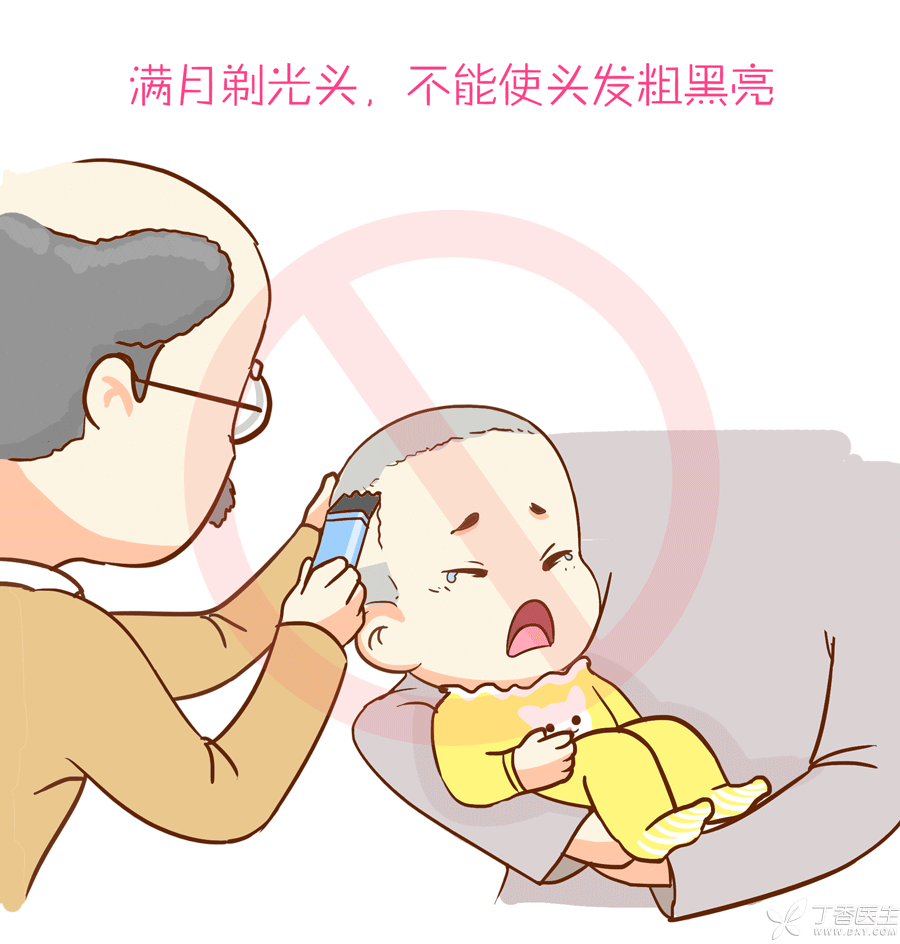
It is a custom in many places to shave one’s head at a full moon. I think that when children grow up, their hair will be thick, black and bright.
But this is not the case.
The growth cycle of hair is generally 2 ~ 5 years, and then enter the resting period, gradually shrink and fall off. The shaved head at the full moon, even if it gives birth to thicker hair, these thick hair also naturally falls off as early as 3 to 5 years old, and cannot have what influence on adult hair.
Moreover, the baby’s skin is thin and tender, sensitive to shaving stimulation, and it is easy to cause local redness after shaving. Full moon babies are often difficult to quietly cooperate with shaving, in case of twisting and struggling, it is also easy to hurt the child.
Correct Approach:
If you don’t plan to grow your baby’s hair, buy a special safety hairdresser for children.
Myth 3: Full Moon Baby Pillow Pillow
There is also a custom in the full moon, that is, elders should send tiger pillows to dolls, implying that children are blessed with good luck and peace.
Although the implication of tiger head pillow is good, it is actually useless, because babies of small age do not need what pillows at all.
For babies under 3 months old, the spine is not yet fully developed. At this time, whether the baby is lying on his back or on his side, his head and body are on the same horizontal line, and he does not need a pillow, which will make him uncomfortable.
Correct Approach:
It is suggested to use pillows for your baby after one year of age.
Click here: How to choose pillows for your baby?
Myth 4: Let Babies Learn Swimming Early,
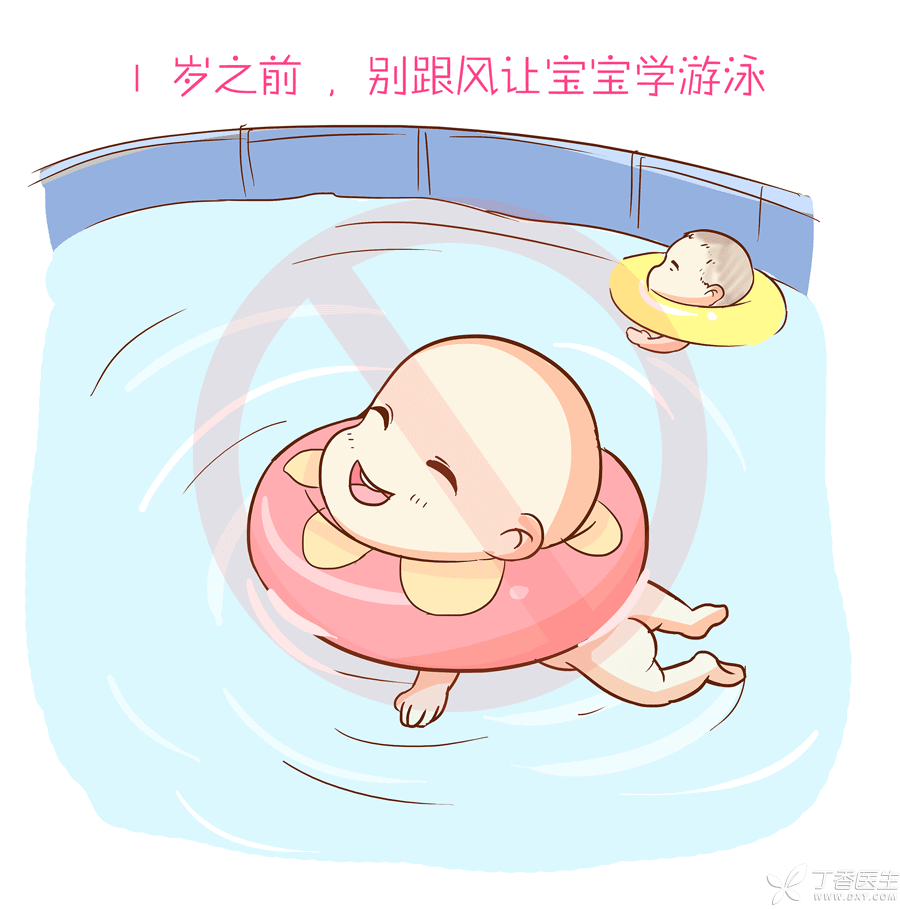
Many qualified parents will take their children to the infant swimming pool within a few months of their birth, which seems to be a “scientific parenting method”.
However, according to the latest guidelines of the American Academy of Pediatrics (AAP), infants under 1 year old are not recommended to learn swimming. Children of this age cannot master the necessary swimming skills and survival skills in water, and have no ability and consciousness to save themselves in water.
Moreover, the swimming ring worn by many parents on the baby’s neck is actually very dangerous, which is likely to cause damage to the baby’s cervical vertebra joint, even compress the trachea and cause dyspnea.
Correct Approach:
As rational parents, please refuse to blindly follow the trend and let the baby swim.
Myth 5: [Turn excrement into urine] Early
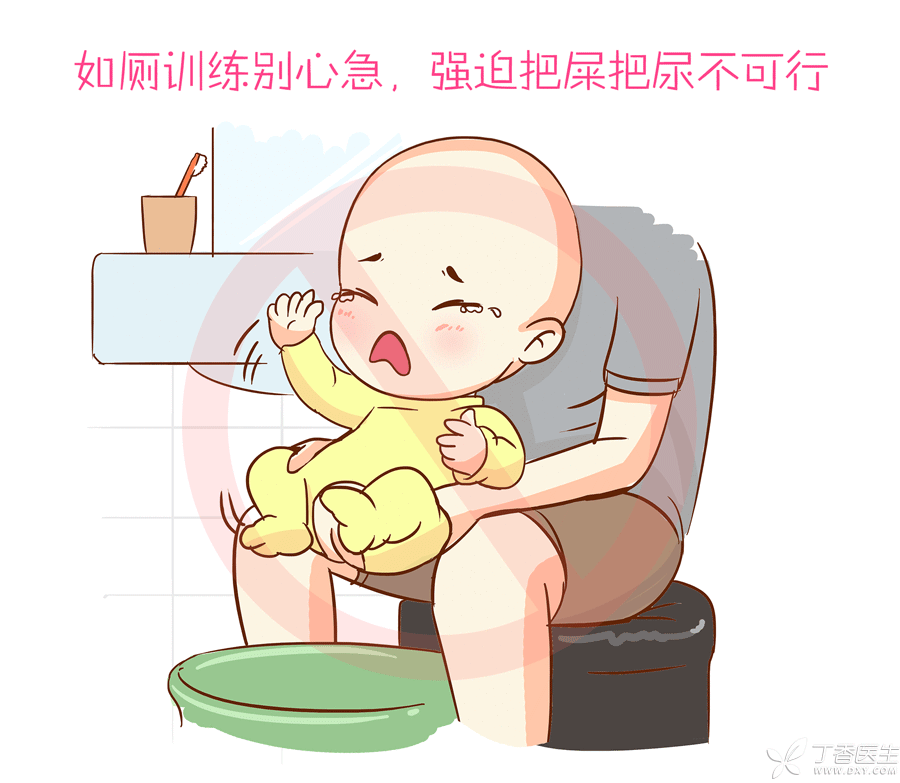
In our country, more than 80% of parents begin to urinate from excrement 2 to 3 months after the baby is born.
Moreover, many parents still have the tendency to force regular fixed points when [putting excrement into urine], which may cause psychological pressure to the baby.
A large number of studies have pointed out that children should listen to defecation. AAP recommends retraining defecation between the ages of 1.5 and 2. Children of this age are physically and psychologically ready, children learn quickly, and parents save time and effort.
Correct Approach:
Before the baby is 1.5 years old, if conditions permit, use diapers or diapers.
It is not completely infeasible to defecate, but children must not be forced or forced to defecate. If you choose to defecate for your child, please pay attention to the defecation signals of your child (such as writhing your body and crying). Moreover, although your child is small, you also need to pay attention to privacy and do not defecate for your child in public.
Myth 6: Children have bald pillows and need calcium supplement.
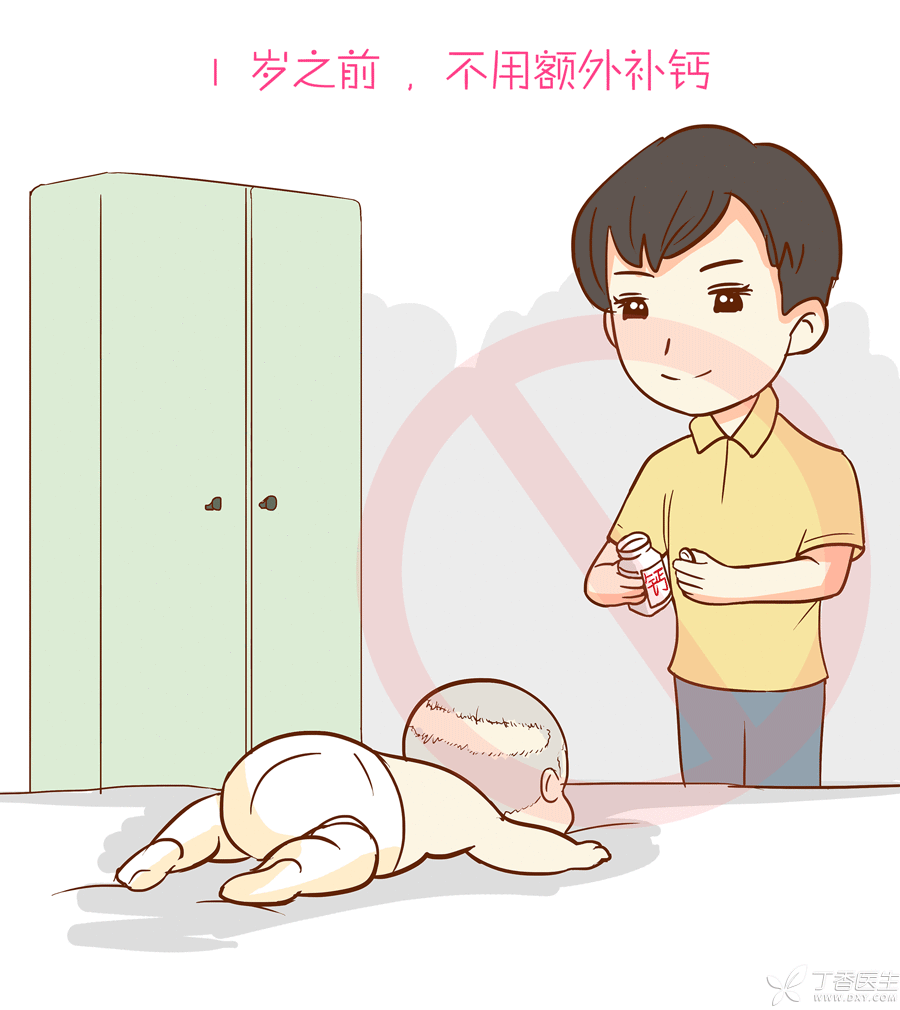
Some children lose all their hair in a circle on the back of their heads within a few months of birth. Many parents think that this is calcium deficiency and need to be supplemented.
In fact, pillow baldness is a physiological phenomenon caused by children’s renewal, not what, and has nothing to do with calcium deficiency.
For children before the age of one, breast milk and formula milk can basically meet the calcium demand (premature birth or low birth weight infants are another matter).
Correct Approach:
Don’t take extra calcium supplements until you are one year old. After the baby is born, it is good to take 400 IU of vitamin D every day, because vitamin D can help calcium absorption.
Myth 7: Adding Salt to Supplementary Foods
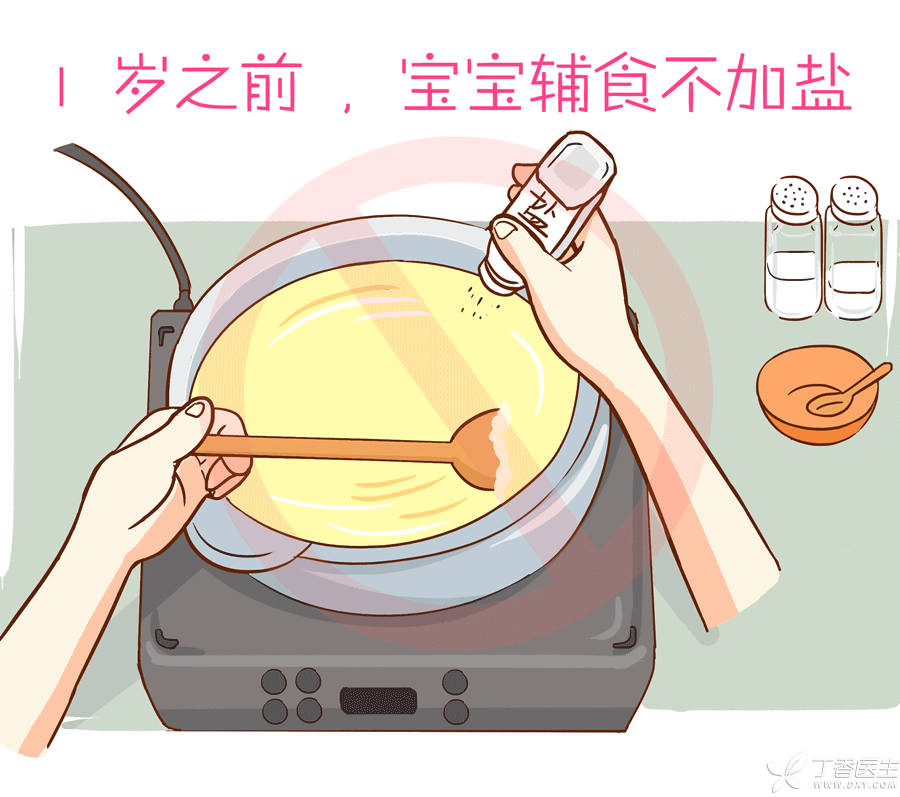
People often say that [children will be boring if they don’t eat salt], which is totally an alarmist rumor.
Salt is eaten to supplement the sodium in salt. Infants need 350 mg of sodium every day from June to December. Sodium in milk and other supplementary foods is enough.
Babies can accept original food very well and will not feel tasteless just because they do not add seasonings. On the contrary, eating salt too early will cause babies to refuse original food and affect their eating habits as adults.
Because salt intake is high, the incidence rate of hypertension among adults in our country is also very high. To reduce salt intake in the future, it is best to pay attention to control from infancy.
Correct Approach:
According to the recommendations of the Dietary Guidelines for Chinese Residents, babies under 1 year old do not need extra salt.
Myth 8: Help Children Learn to Walk with Walker
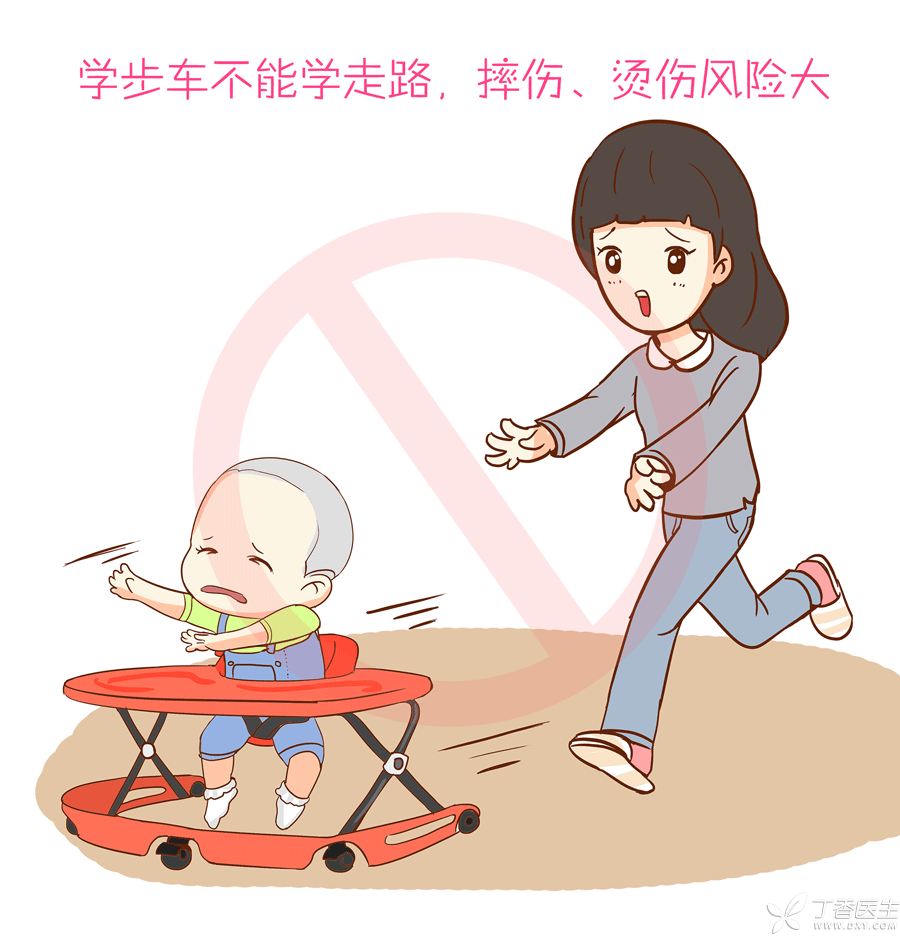
The walker not only cannot help children learn to walk, but also has a huge potential safety hazard.
In the walker, the child’s weight is all concentrated on the buttocks, and his steps are not hard, just like standing on tiptoe [walking]. This will not only not learn to walk, but also affect the development of the child’s leg strength.
Moreover, because the walker moves much faster than the child himself, even if parents are present, it may be dangerous. AAP has reported on child safety accidents such as climbing down steps, scalding and drowning caused by walker.
Parents should not waste money on this chicken rib and dangerous product.
Correct Approach:
To help children learn to walk, they should do it step by step.
When he starts to try to stand up, you can use a small bench or a strong box to help the baby practice. When he wants to step, you can give the baby a box with wheels to walk slowly.
Always remember that parents should take care of them nearby.
Click here: How to help your baby learn to walk?
Myth 9: Pick out Baby’s Ears
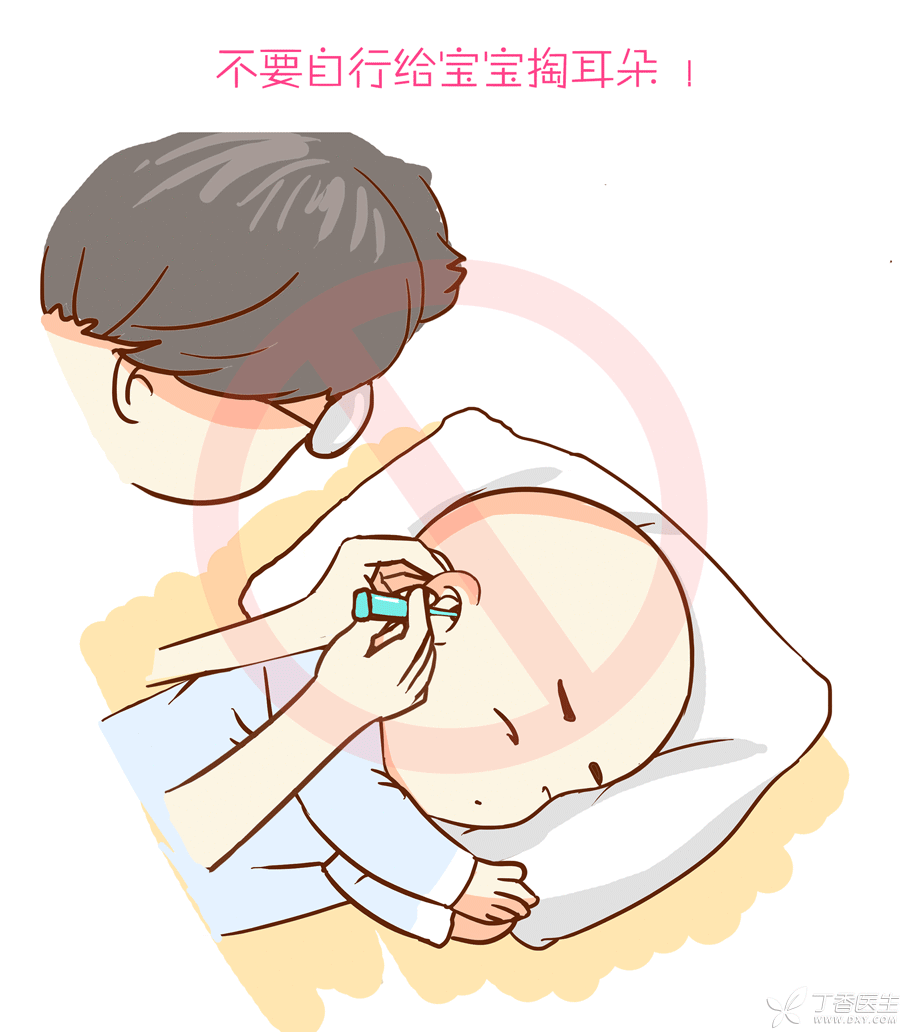
Many parents feel unclean when they see earwax in their babies’ ears and always want to take it out.
In fact, normal earwax will not only not affect the health of ears, but also help isolate microorganisms and bugs. Moreover, earwax itself will fall out of the ears and eyes, so parents need not worry too much.
Don’t try to solve it by yourself with tools such as ear digging spoons. If the baby’s ear canal is damaged, the consequences will be serious.
Correct Approach:
If earwax does not make the baby uncomfortable or affect hearing, there is really no need to have trouble with earwax.
However, if the baby feels uncomfortable because of too much earwax, such as always pulling the ear, please hand it over to the doctor.
Myth 10: Baby Leggings, Legs Straight
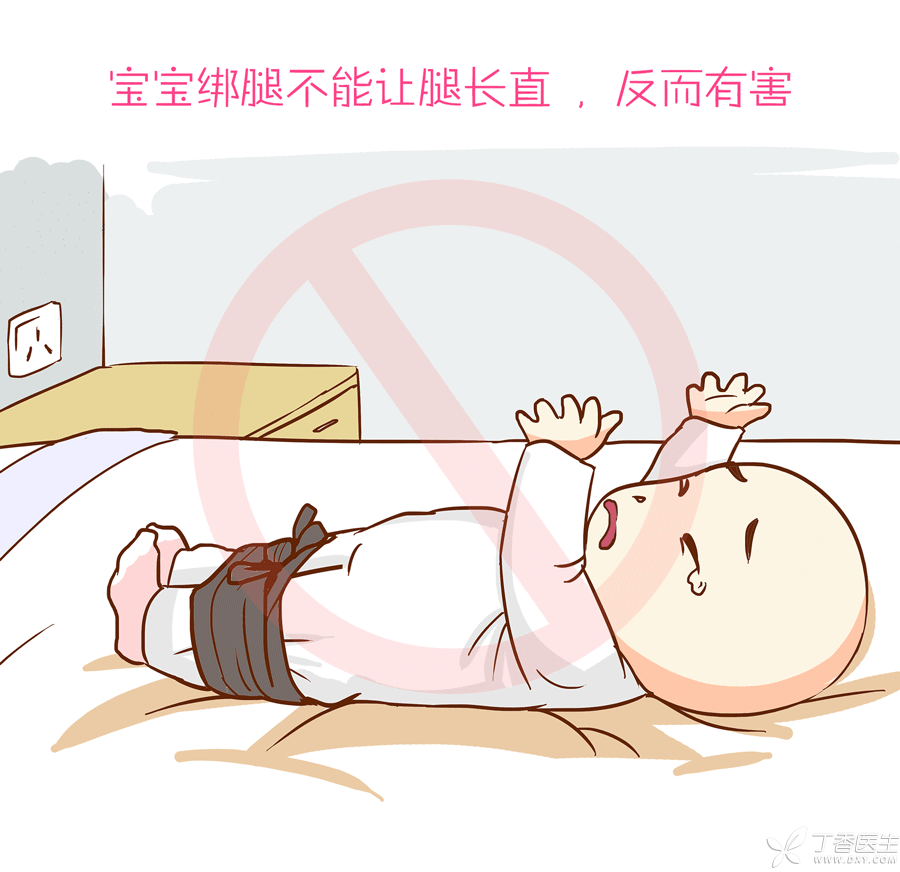
In order to enable the baby to have a pair of enviable straight legs when he grows up, the people have come up with many methods, the most widely circulated of which is leggings-straightening the baby’s legs and tying them with cloth bands, so that the baby’s legs can grow straight.
This is actually a big misunderstanding!
Before the age of 8, children have some O-shaped or X-shaped legs, most of which are normal phenomena in development. As children grow up, they will naturally straighten up.
Leggings not only cannot make legs long and straight, but may cause developmental dislocation of hip joint, and long-term compression of cloth band may also lead to dermatitis and damaged infection.
Correct Approach:
Don’t worry about it, just let nature take its course.
